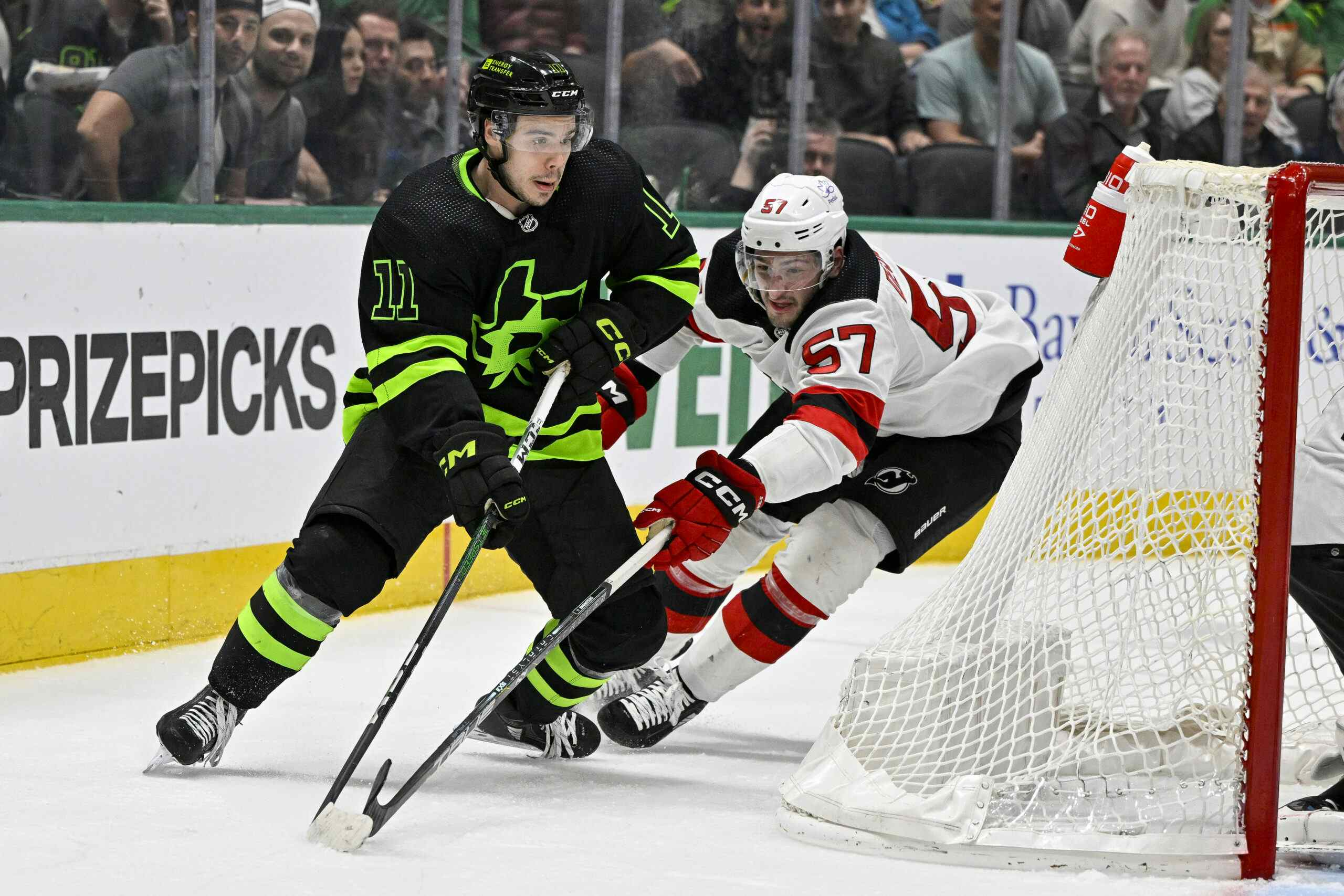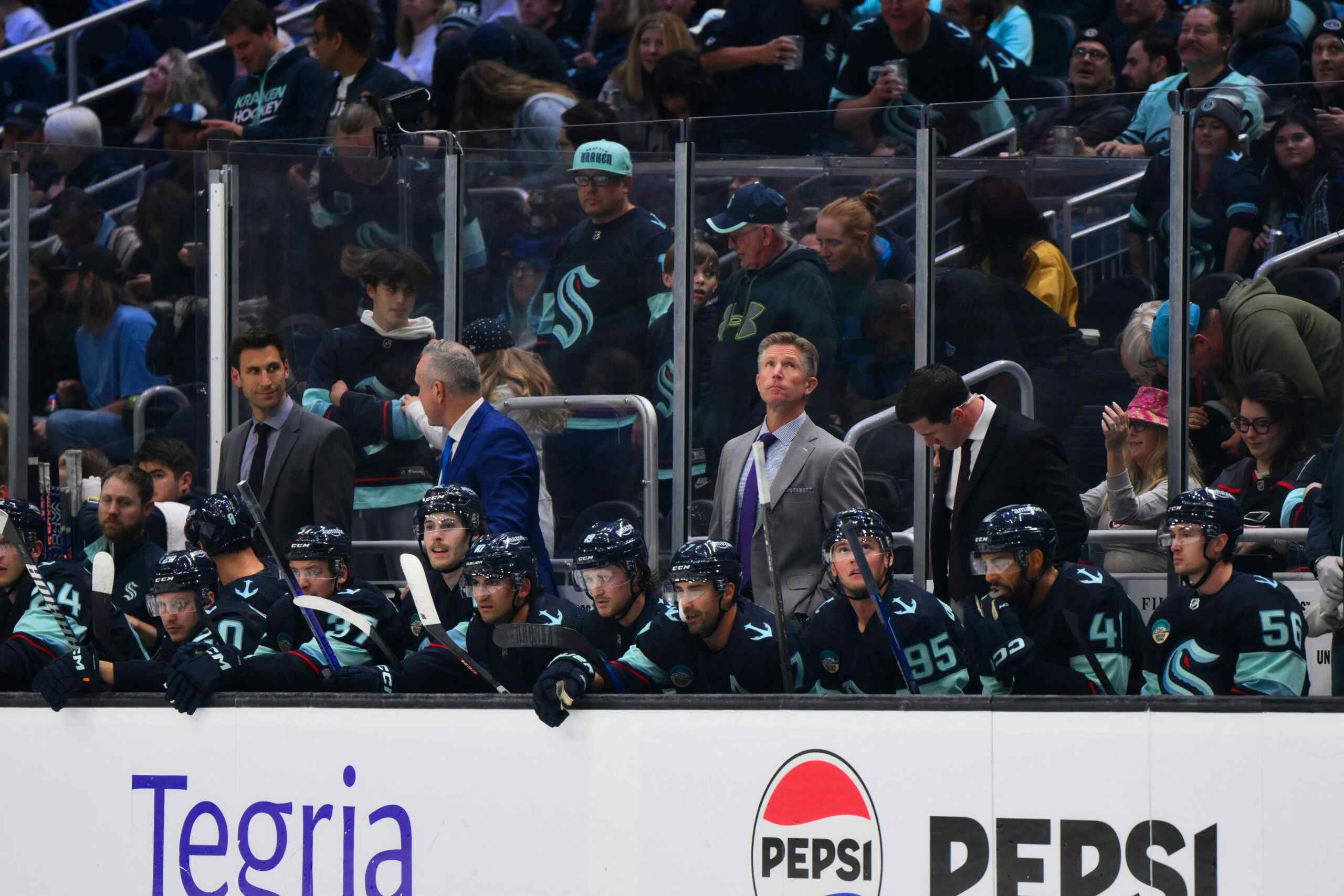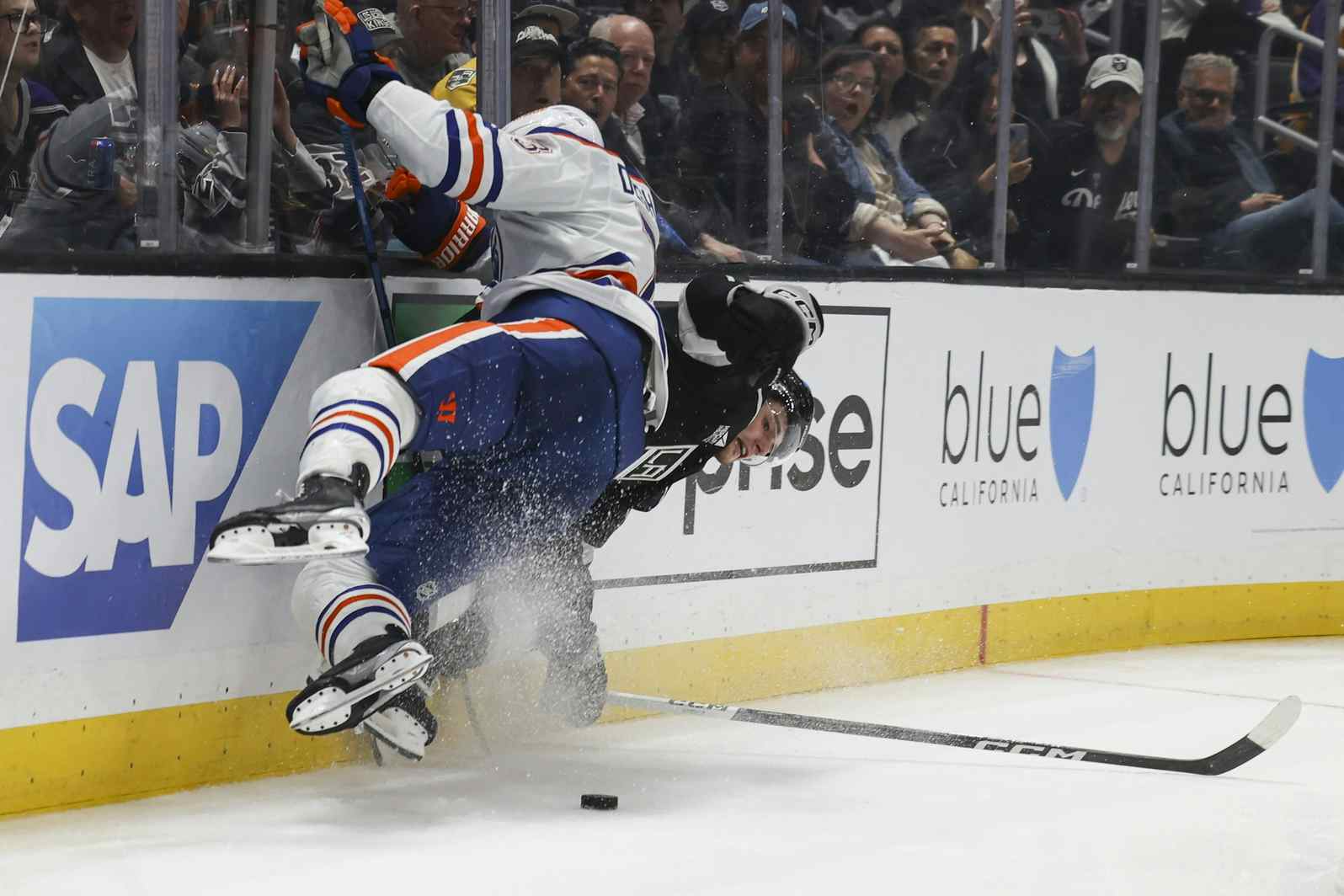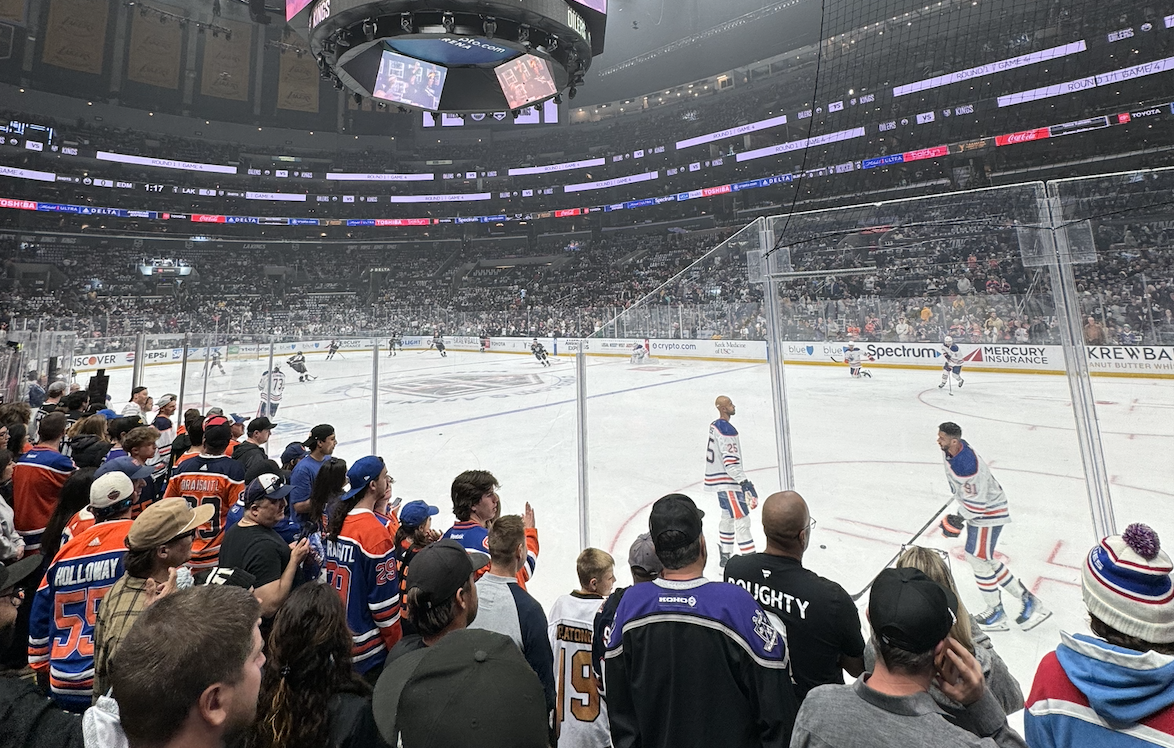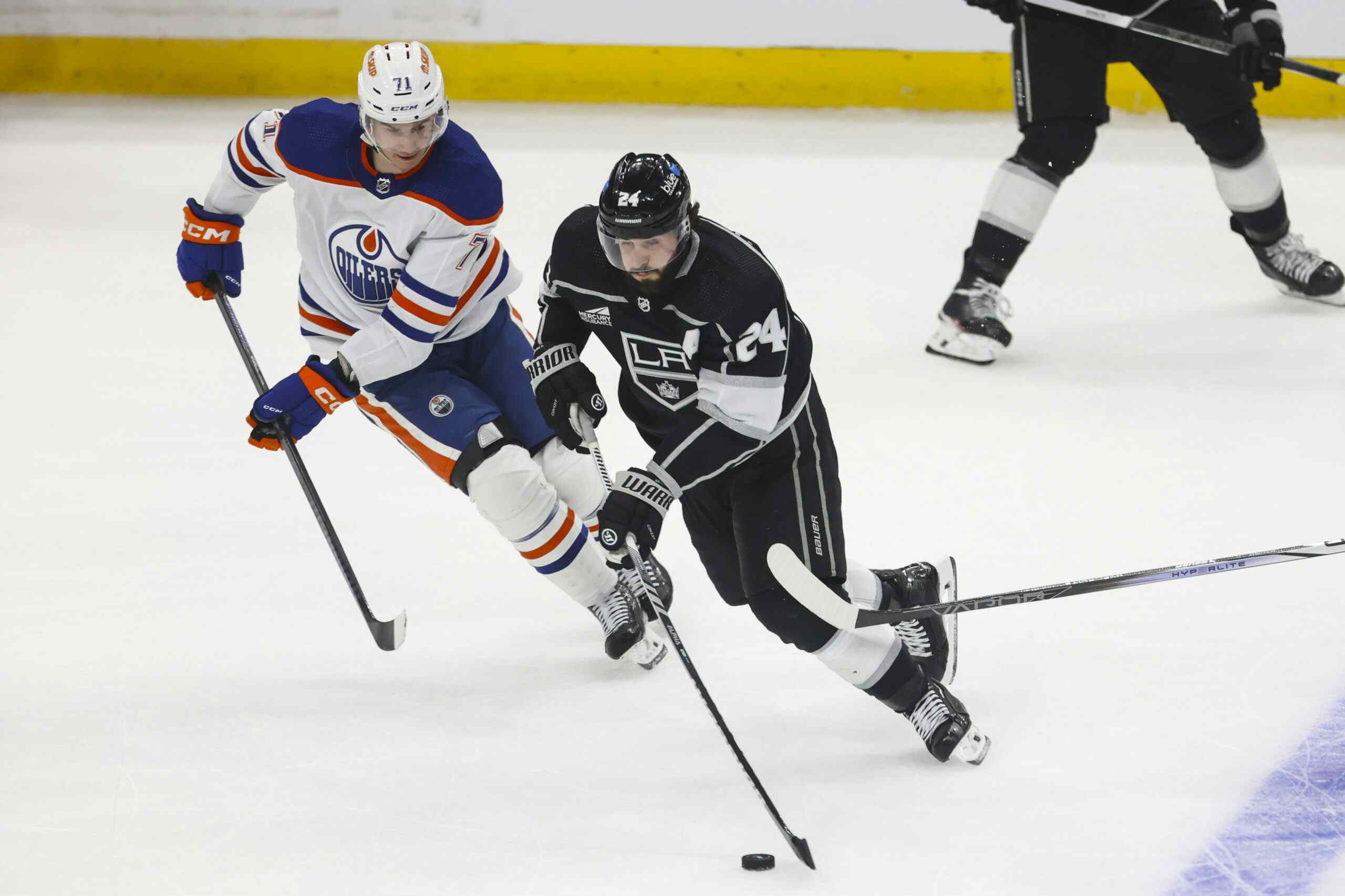Tyler Pitlick & His NHL Future
Despite his disappointing numbers in the American Hockey League this season, Tyler Pitlick has in general played pretty well. He hasn’t been scoring, but he plays a strong possession game, adds size and a willingness to go to the corners, and just generally looks like a pretty good hockey player.
What does his NHL future hold?
I’ve had an opinion on Pitlick’s likely NHL upside for years now, and it has not changed much since his 2010-11 season with the Medicine Hat Tigers. Watching him play for the Barons this year – initially on a scoring line, now in more of a third-line role – that opinion has been reinforced.
Pitlick has NHL upside. He just doesn’t have NHL upside on a scoring line.
What Pitlick does well
I always enjoy going back to scouting reports of players in their draft year and as prospects down the line. Because while in some cases the scouts fail to properly identify how good a prospect will be at the NHL level, in the vast majority of cases their reports make sense even years later in identifying how a player performs. My favourite report in Pitlick’s case was a four-sentence comment from an anonymous NHL scout in The Hockey News 2010 Draft Preview:
”He’s not really a college type of player,” a scout said. “He’s an up-and-down, grinding type who has some skill. He’s a strong kid who goes hard to the net and can score and likes to hit. He’s a solid NHL-type winger.”
That last line – “a solid NHL-type winger” – is the gist of it, really. Pitlick’s big, he’s strong, and while he doesn’t run around like a Cal Clutterbuck he does go to the corners and he has a decent physical game. He wins more puck battles than he loses; his skating allows him to advance the puck well. He’s an excellent possession player in the AHL this year.
David Staples’ scoring chance numbers tend to support what I’ve seen watching him this season. Through his first nine games of the season, Staples graded Pitlick as having contributed to 21 even-strength scoring chances – and making mistakes on just seven against.
At the AHL level, Pitlick does exactly what most teams want to see from their third-liners. He makes more good decisions than bad, he’s hard on the puck, he’s big and strong and doesn’t mind hitting. He’s a good player.
What Pitlick does not do well
In a lot of ways, there are parallels between Tyler Pitlick and Magnus Paajarvi. Like Paajarvi, Pitlick is a good player, has an NHL-sized frame, and helps more than he hurts. Unfortunately, like Paajarvi his offensive game is lacking – I’d argue that even allowing for role, his ability to generate goals in the offensive zone is less than that of his Swedish teammate.
This isn’t a conclusion arrived at over less than a dozen AHL games this season, either. It’s a conclusion supported by Pitlick’s scoring numbers since his draft year (the NHL/82 represents Pitlick’s point totals multiplied by an NHL translation number and an 82-game season):
| Season | League | GP | G | A | PTS | NHL/82 |
|---|---|---|---|---|---|---|
| 2009-10 | NCAA | 38 | 11 | 8 | 19 | 17 |
| 2010-11 | WHL | 56 | 27 | 35 | 62 | 27 |
| 2011-12 | AHL | 62 | 7 | 16 | 23 | 13 |
| 2012-13 | AHL | 11 | 0 | 2 | 2 | — |
With each season that Pitlick fails to dramatically improve his scoring, we become more certain that he won’t ever be a scorer at the NHL level. When a player is younger, there’s a better chance of a massive improvement in performance. As Pitlick gets older – he’s in his 21-year old season now – the likelihood of that big jump gets smaller.
Bottom Line
We are probably at the point where we can rule out Pitlick being a scorer in the NHL (we likely reached that point last season, actually). It is looking increasingly likely that he will not be a supplementary scorer either, the kind of guy who fits in on the second line on a semi-regular basis.
The one hope now is that Pitlick has been a bizarrely unlucky shooter early in his professional career. He’s fired 172 shots over 86 career AHL games, scoring on just 5.2 percent of them. It’s possible that he’s snake-bitten – for the sake of contrast, Steven Stamkos is a 17.0 percent shooter so far over his career, but scored on just 12.2 percent of his first 172 NHL shots – and entirely plausible that he scores more regularly going forward.
Even so, however, Pitlick seems like the kind of guy who will be relegated to a depth role – third, perhaps even fourth-line work – because he is not a natural scorer. He has enough positive attributes that he should have a career, and I think there’s a player there, but in the best case scenario he is more likely to be this generation’s Mike Grier or Ethan Moreau rather than its Bill Guerin.
Recently by Jonathan Willis
Recent articles from Jonathan Willis

